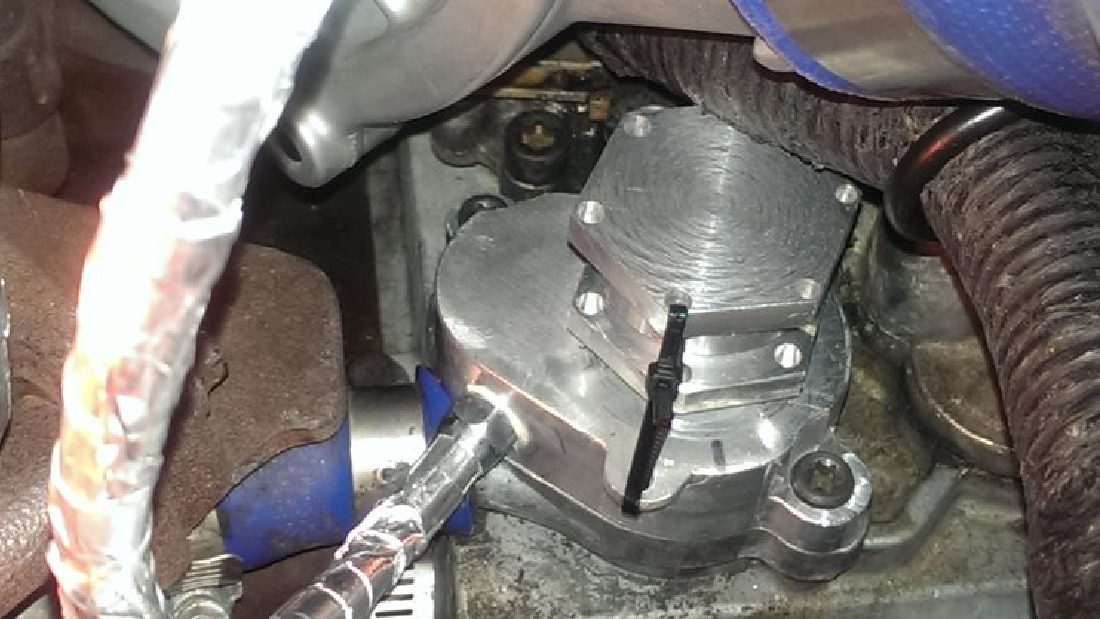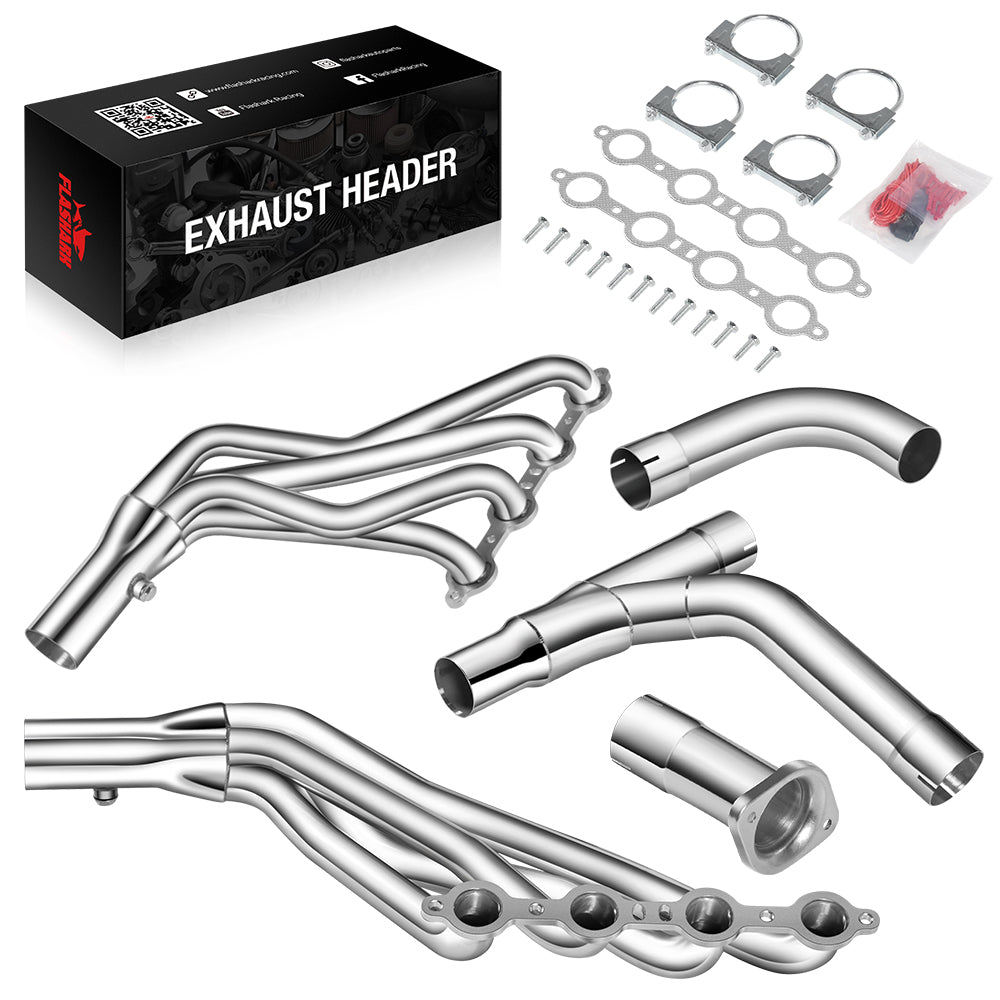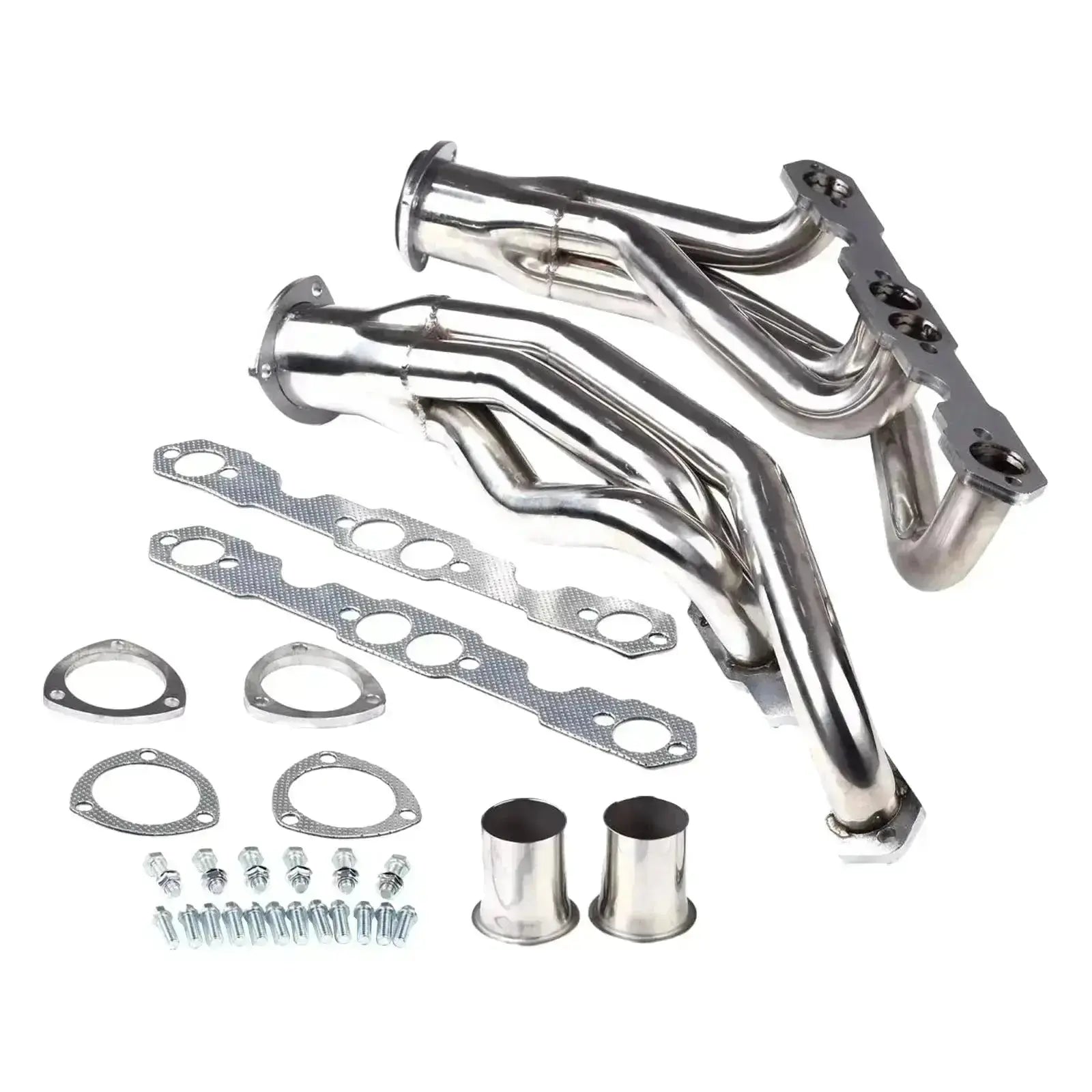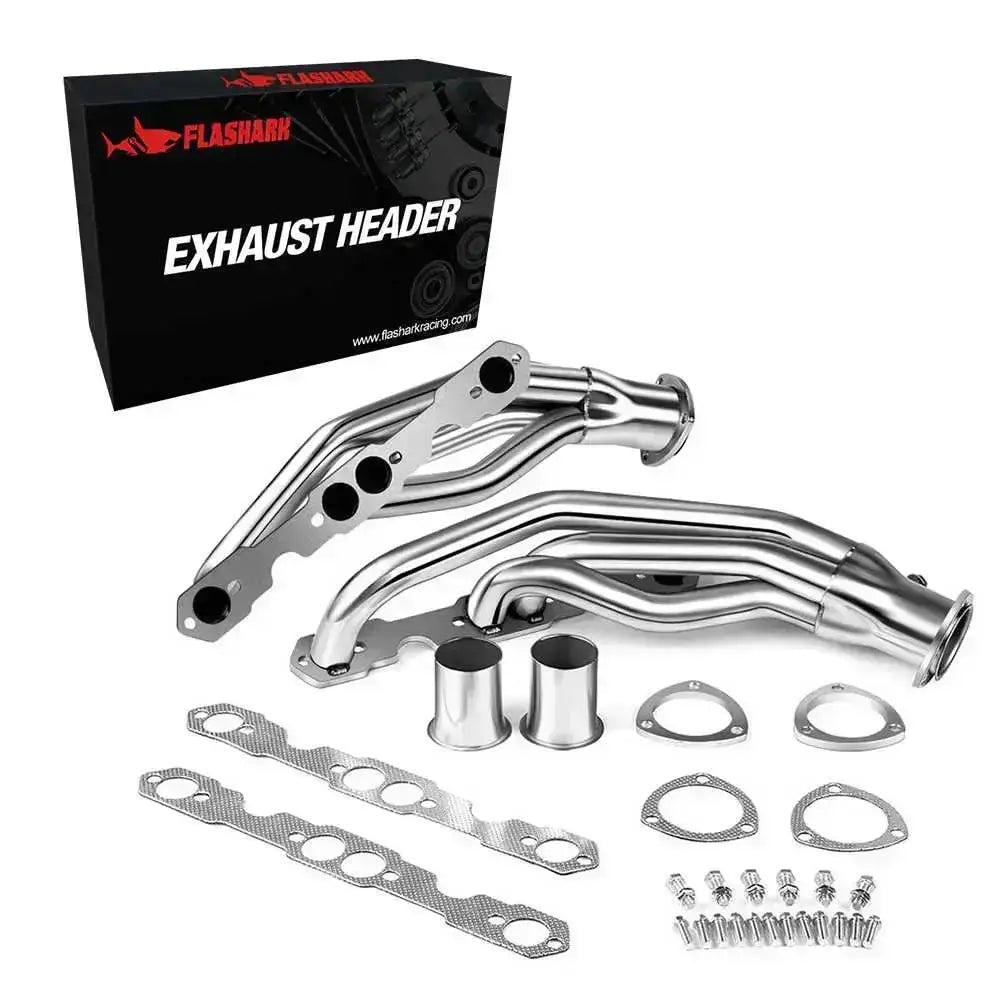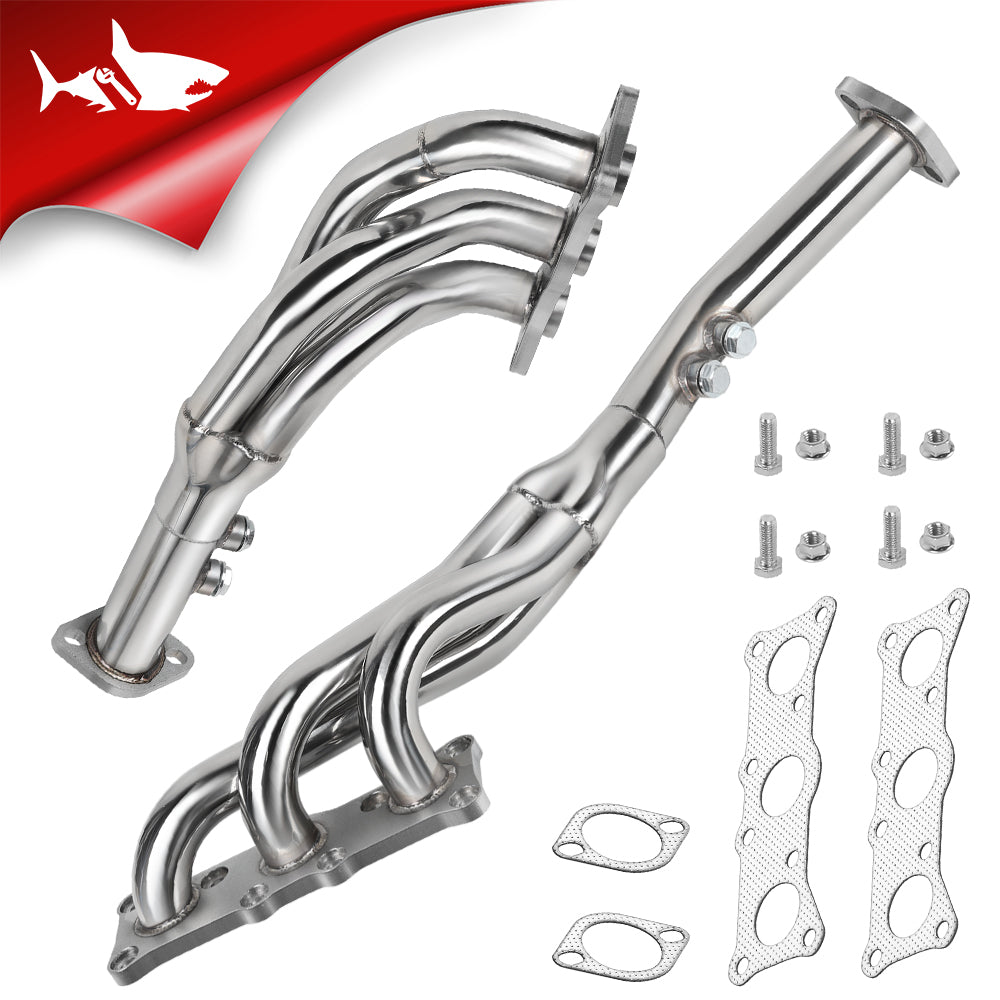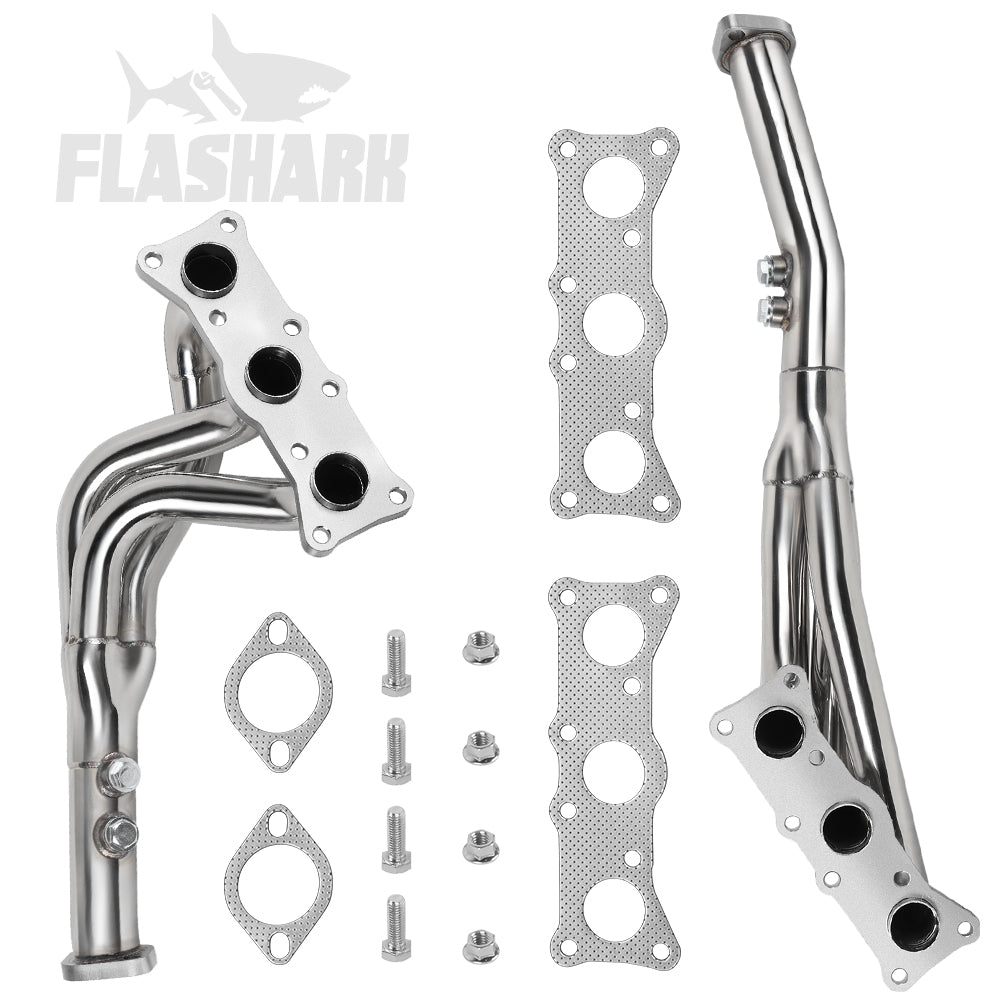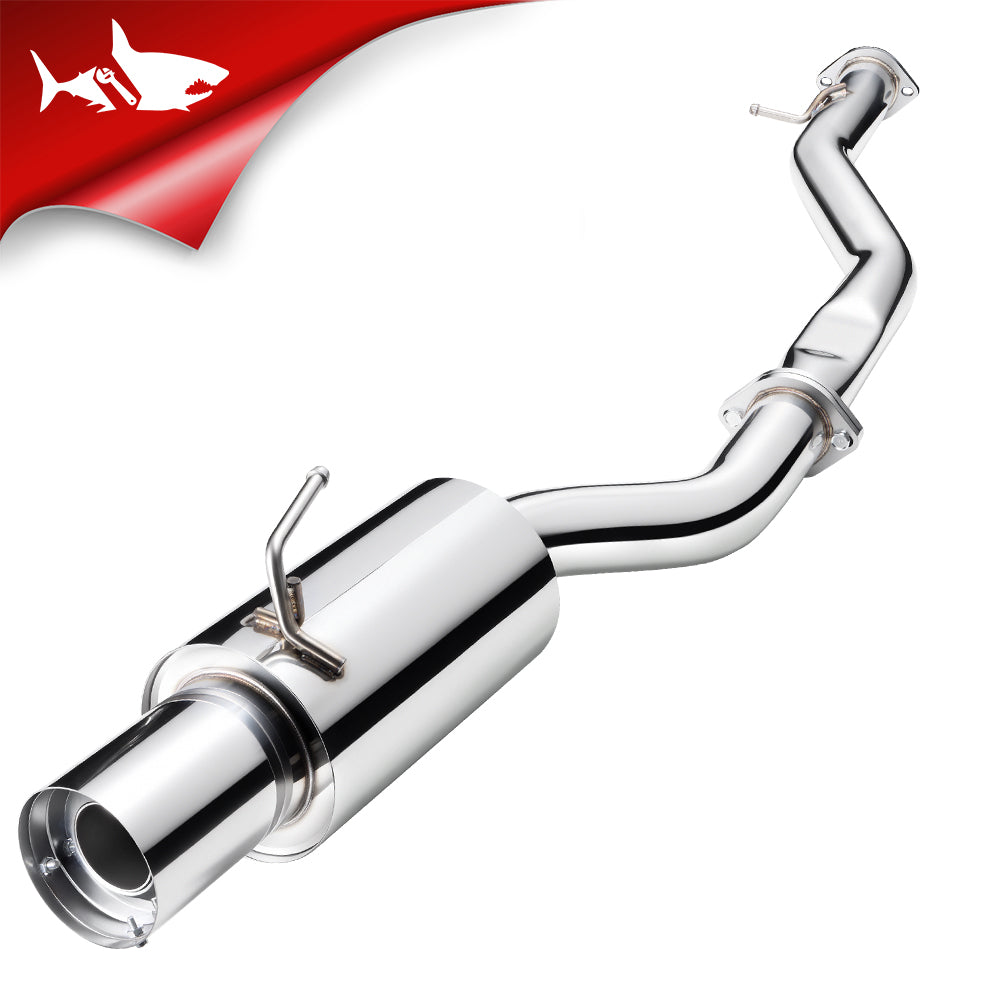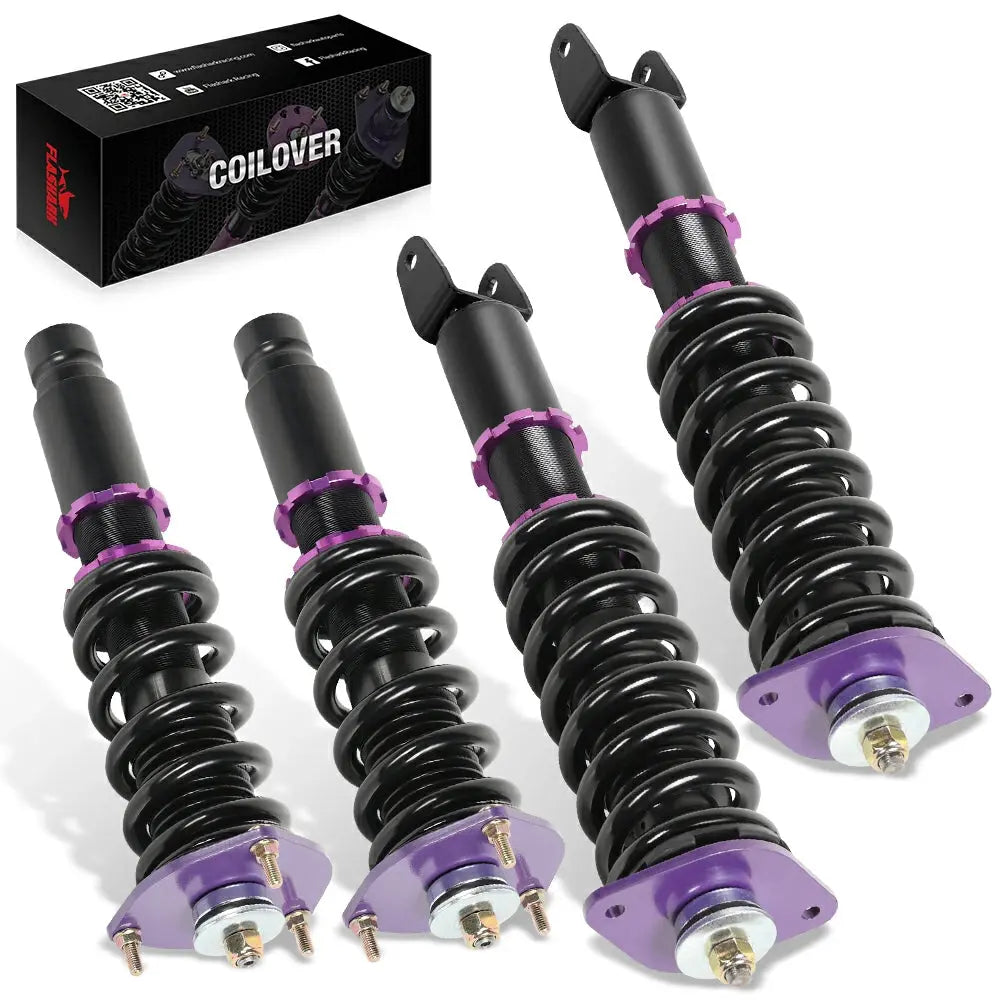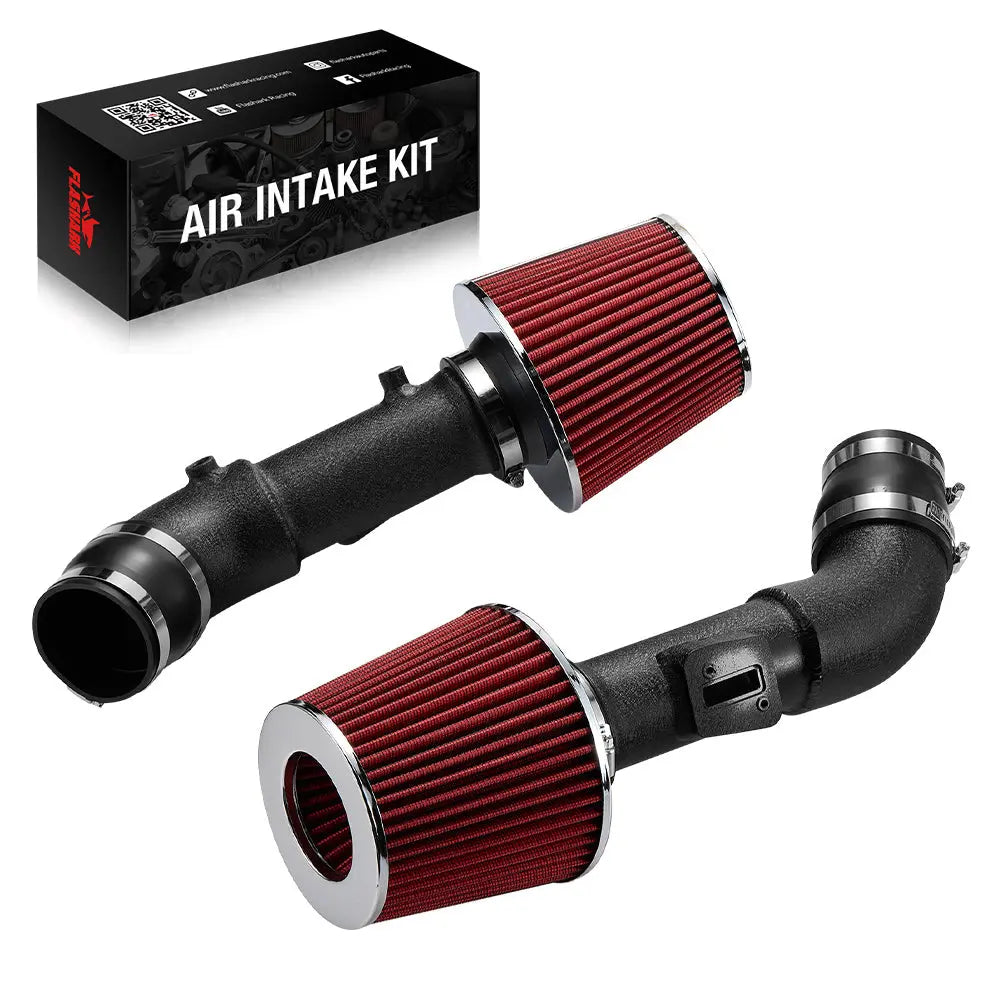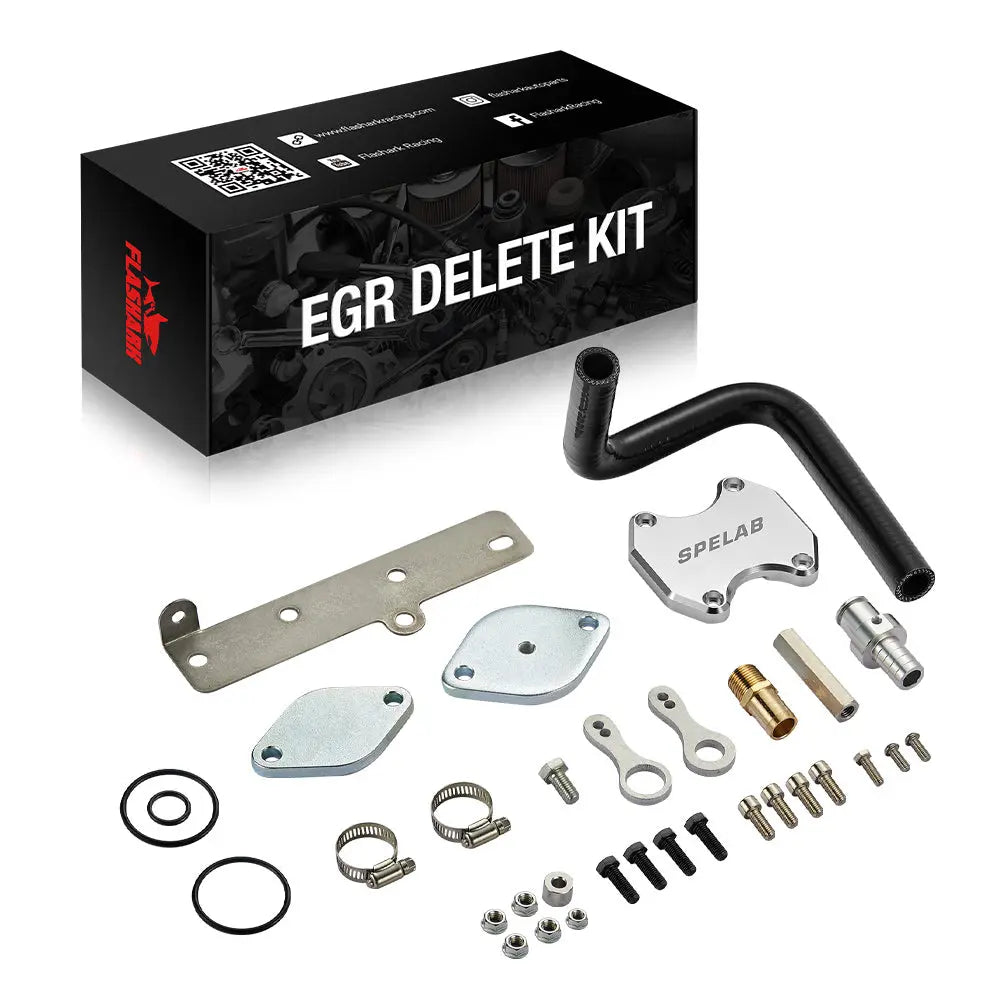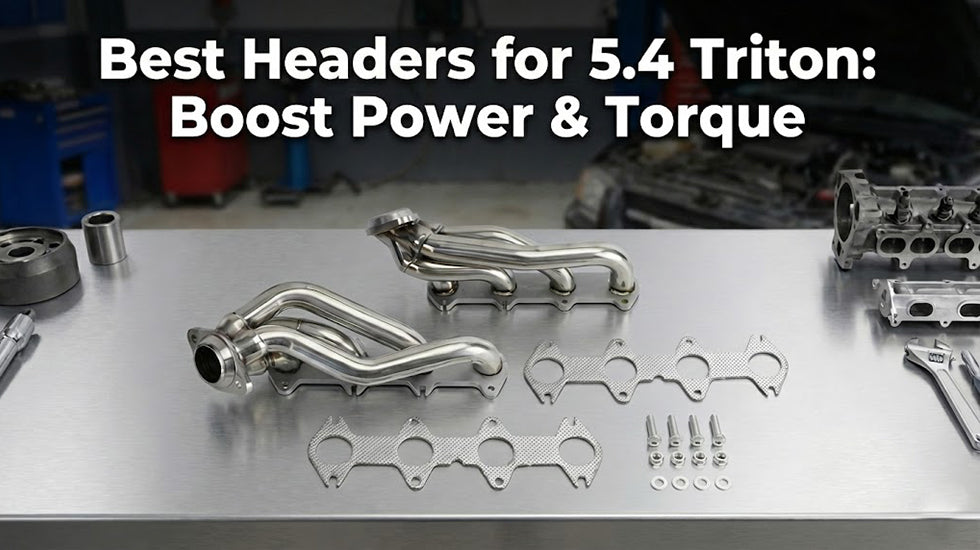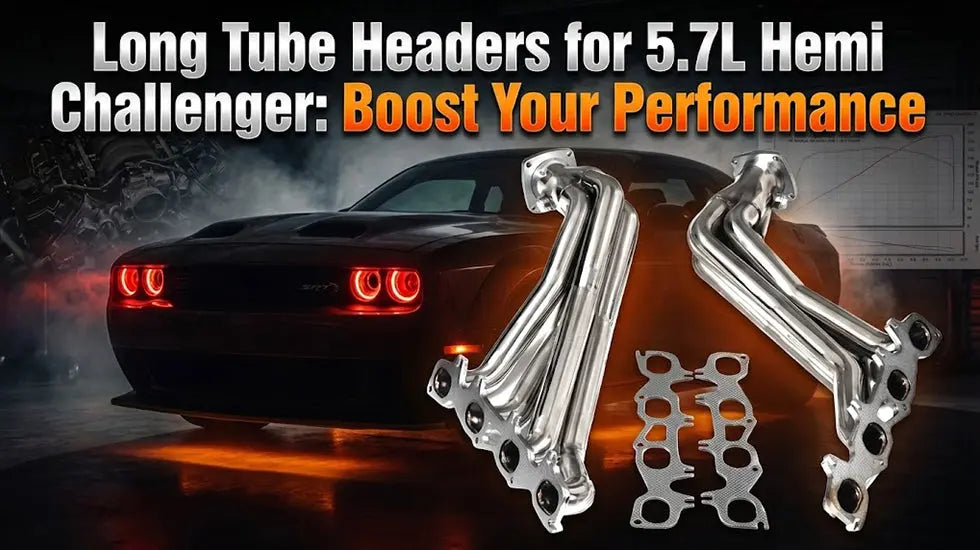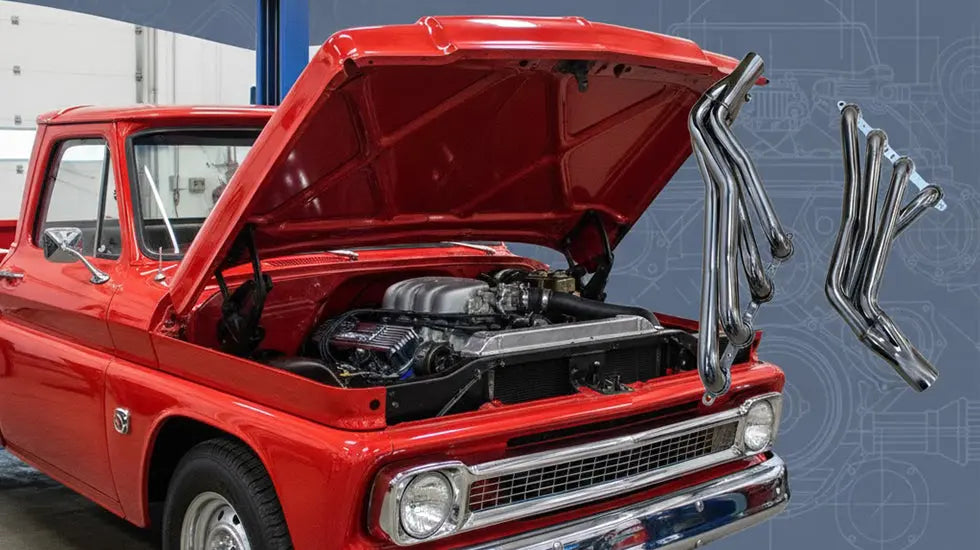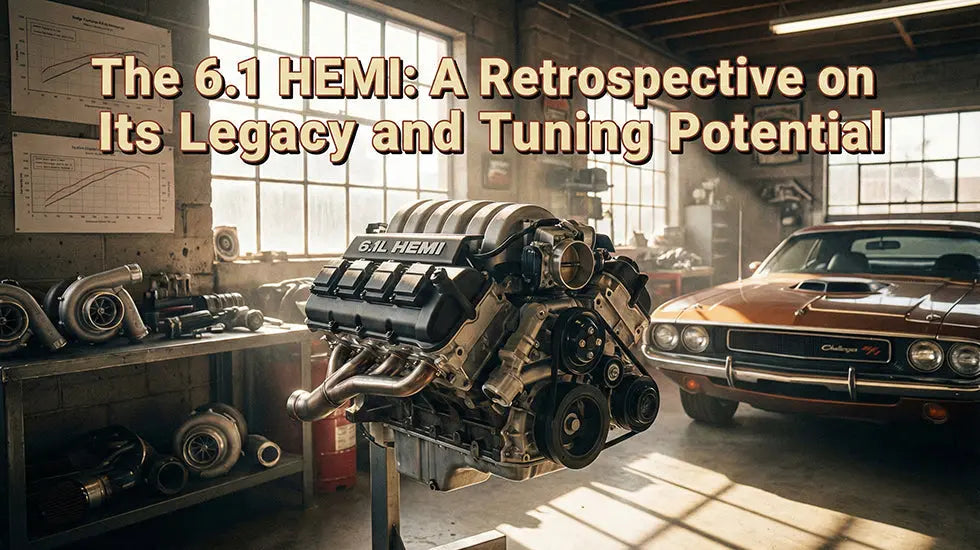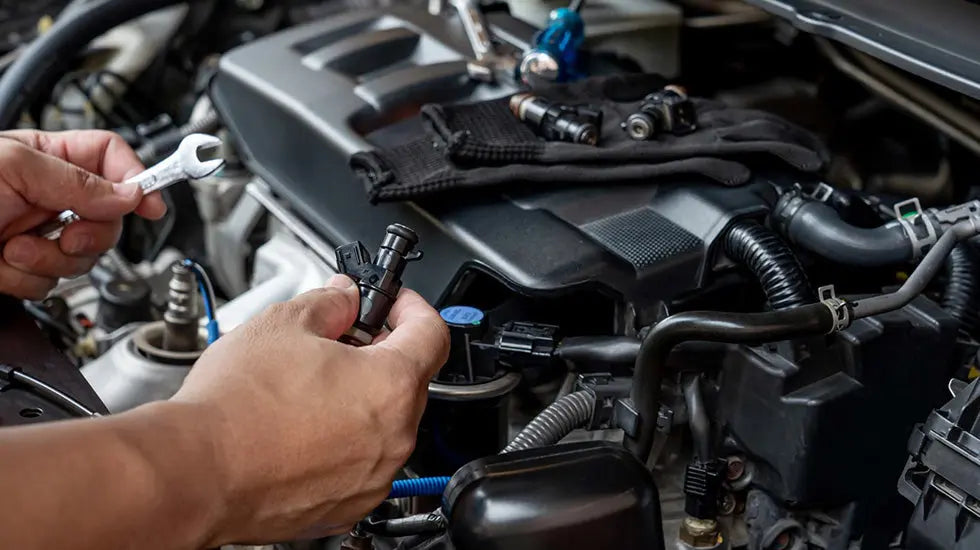Many 6.0L Powerstroke oil cooler replacements are completely unnecessary. Our easy-to-use flush tool kit can save you a substantial amount of time and money by allowing the existing cooler to be back-flushed on the vehicle as an alternative to costly and labor intensive part replacement.
Over time, the tiny cooling passages in the oil cooler become restricted due to leftover casting sand in the engine block and poor cooling system maintenance. This leads to high engine oil temperature, EGR cooler failure, and premature oil breakdown which, in turn, causes early-stage failures in the HEUI fuel injection system and even the engine itself. The traditional solution is oil cooler replacement. With our kit, the oil cooler can be back-flushed in less than an hour. By directing water flow in the opposite direction of normal travel, contaminants are dislodged and, in most cases, the cooler is returned to like-new effectiveness.
It is advisable to regularly monitor the Delta T (difference between oil temperature and coolant temperature) while operating the engine under load. If the temperature difference exceeds specification we recommend performing an oil cooler flush. Careful attention to this detail can prevent thousands of dollars of engine and fuel system damage. In the case of a cooling system that has experienced extreme neglect, even a new cooler can become restricted by contaminants quite quickly. Rather than repeatedly replacing the cooler, our kit allows the owner, or technician, to quickly restore the cooler to it's former effectiveness.
When compared to other alternatives, our kit has several unique advantages:
Removal of the factory cooling manifold (which routes coolant from the oil cooler into the EGR cooler) is not required.
When disturbed, the quick-connect hose between the oil cooler and the EGR cooler will often begin leaking, resulting in a come-back. Our tool does not require tampering with this connection, averting much frustration.
Equally effective on trucks equipped with the factory EGR cooler, or on those previously equipped with an EGR delete kit for off-road use.
Can additionally be used to re-route coolant flow on EGR delete equipped trucks for better coolant flow through the oil cooler and lower Delta T.
Blocks flow into the EGR cooler while the flush adapter is in use so that 100% of the water force is directed through the cooler for maximum cleaning effectiveness.
Significantly lower cost than other alternatives
Can be re-used over and over again - the vehicle is not altered, and there is no need for any part of the tool to remain on the vehicle
Content:
(1) Flush adapter, required brass fittings, hose
Fitments:
2004-2005 FORD E-350 CLUB WAGON 6.0 POWERSTROKE DIESL TURBO
2004-2010 FORD E-350 SUPER DUTY 6.0 POWERSTROKE DIESL TURBO
2004-2007 FORD E-450 SUPER DUTY 6.0 POWERSTROKE DIESL TURBO
2003-2005 FORD EXCURSION 6.0 POWERSTROKE DIESL TURBO
2003-2007 FORD F-250 SUPER DUTY 6.0 POWERSTROKE DIESL TURBO
2003-2007 FORD F-350 SUPER DUTY 6.0 POWERSTROKE DIESL TURBO
2003-2007 FORD F-450 SUPER DUTY 6.0 POWERSTROKE DIESL TURBO
2003-2007 FORD F-550 SUPER DUTY 6.0 POWERSTROKE DIESL TURBO
- INSTRUCTIONS -
- Drain the vehicle's cooling system completely.
- Remove the rear coolant manifold cover (shown at black arrow in picture below) from the top of the oil cooler cover by removing (2) T-30 Torx head bolts.
- Install the flush adapter (show in blue below) in place of the coolant manifold cover and replace the two T-30 bolts.

-
Thread the 45 degree brass elbow into the flush adapter as shown below.

-
Thread the flush hose assembly into the into the 45 degree adapter. See illustration below.

- Remove the lower radiator hose and place a large clean receptacle under the open end of the hose.
- Connect a garden hose to the flush adapter and flush until the water coming out of the lower hose runs clear.
- In order to remove all sediment from the system and prevent future plugging of the oil cooler, we suggest completely flushing the engine block, radiator, and heater core.
- Re-assemble the vehicle to it's original condition, fill the system with the proper concentration of the correct coolant, and bleed the air from the cooling system. Then carefully check for any leaks.
- Operate the vehicle under load and compare engine and coolant temperature (Delta T) to verify that the oil cooler is restored to full function.

